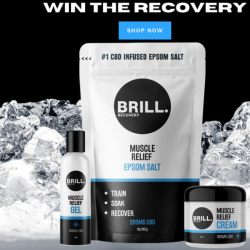Types of Spray Foam and Their Safety and Environmental Effects

Spray Foam is a great option for insulation. However, not all spray foams are created equal. Some are made from dangerous chemicals that can end up polluting your home’s indoor air. These chemicals can cause many health problems including chemical bronchitis, gastrointestinal irritation, eye irritation, and respiratory irritation.
For those considering retrofitting their homes with spray foam insulation, it is important to know the different types of spray foam and what their safety and environmental effects are. The Spray Foam Coalition is a group that promotes safe, effective, and sustainable use of the product. Its goal is to advance technical knowledge and advocate for policies that benefit society and the environment.
One type of spray foam is known as closed cell foam. It can offer several benefits, including air sealing, durability, and high R-Value. But it is also more expensive than open cell. Since it is less breathable, it is not recommended for areas with high humidity. It can also be hazardous, resulting in dangerous mold and rot.
Another type of spray foam, known as medium density, is primarily used for exterior walls. This type of spray foam is not as durable as closed cell and is therefore not suitable for areas that are prone to moisture. But it can still be useful in a number of applications. It is also less expensive than closed cell.
There are three different varieties of spray foam, based on the type of material used to make it. Some varieties are made of hydrofluorocarbons (HFCs), which can be up to thousands of times more potent than carbon dioxide per unit of mass. HFCs are known to cause adverse health effects, including cancer, reproductive harm, and asthma. They are also known to cause global warming. Each kilogram of HFCs released into the atmosphere is equivalent to 3.4 tons of CO2.
While there are many positives to installing spray foam in your home, it is also important to be aware of its negatives. For example, when installing spray foam in your home, be sure to follow the manufacturer’s instructions for wearing personal protective equipment. Some manufacturers have safety manuals that can be as long as 84 pages. The use of such materials can be dangerous for workers. In addition, when removing the spray-coated materials, toxic dust can be emitted.
If you are planning to add spray foam to your home, it is a good idea to contact a professional installer. They can help you tailor your foam mixture, eliminating the risk of installing it incorrectly. They can also deal with the mess that expansion creates. This is especially important if you live in a rural area or have an awkwardly-shaped house.
In addition, if you choose to have your house insulated using spray foam, you will be making a big contribution to energy efficiency. This means you can save money and reduce your carbon footprint. If you are thinking about adding spray foam to your home, you may want to consider choosing an insulator that uses a low-GWP agent. This type of insulator can save 10 to 15 percent on energy costs.






Ingen kommentarer endnu